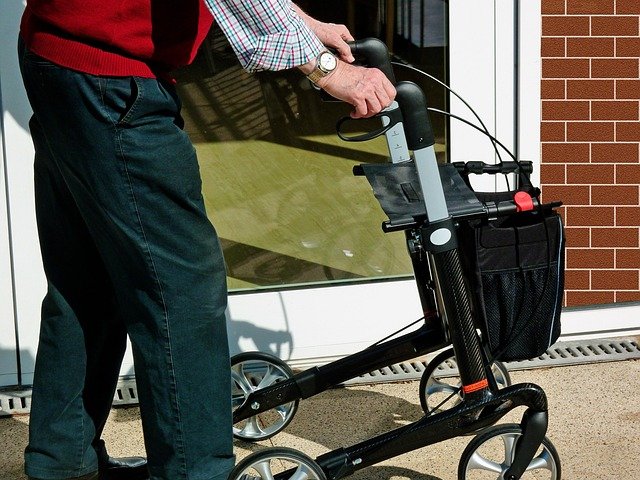Screwless Dental Implants in 2025: Minimally Invasive, Emerging Tooth Restoration Options
By 2025, screwless dental implants are emerging as an alternative to traditional implants around the globe. They aim to offer less invasive procedures, faster recovery, and improved aesthetics. This article explains how they work, potential benefits, limitations, and what patients should consider.

What Are Screwless Dental Implants?
Screwless dental implants represent an alternative approach to the traditional titanium screw-based implants that have dominated restorative dentistry for decades. Instead of using threaded screws that require extensive drilling into the jawbone, screwless systems utilize different mechanisms to secure artificial tooth roots. These systems typically involve press-fit designs, expansion mechanisms, or specialized surface technologies that encourage osseointegration (bone fusion) without the need for threading or screwing components into place.
The concept behind screwless implants focuses on reducing trauma to surrounding bone tissue while still achieving stable, long-term fixation. Unlike conventional implants that rely on mechanical retention through threads, screwless designs often leverage biological integration and alternative mechanical principles to achieve stability. This approach aims to preserve more of the natural bone structure and potentially simplify the placement procedure.
Potential Benefits of Screwless Dental Implants
Screwless dental implant systems are being developed with several potential advantages in mind, though it’s important to note that research is still ongoing, and benefits may vary depending on specific systems and individual patient factors.
The reduced drilling requirements may translate to less trauma to surrounding tissues, potentially resulting in faster healing times and reduced post-operative discomfort. The simplified placement procedure might also mean shorter chair time for patients and potentially less invasive surgical protocols.
For patients with insufficient bone density who might otherwise require bone grafting before receiving traditional implants, certain screwless designs may offer alternatives by utilizing available bone more efficiently. Additionally, the less invasive nature of these implants might reduce the risk of nerve damage or sinus complications in certain anatomical situations.
From a practical standpoint, screwless systems could potentially simplify the maintenance and long-term care of dental implants, with some designs allowing for easier component replacement if needed in the future.
How Screwless Dental Implants Are Placed
While specific techniques vary by manufacturer and system, the typical placement process for screwless dental implants generally follows these steps:
First, comprehensive examination and imaging are conducted to evaluate bone quality, quantity, and anatomical considerations. This typically involves 3D cone beam CT scanning to create precise treatment plans. Local anesthesia is administered to ensure patient comfort throughout the procedure.
Unlike traditional implants that require extensive drilling to create threaded channels, screwless systems generally involve minimal bone preparation. A small pilot hole or channel may be created to guide placement. The implant is then inserted using controlled pressure or tapping techniques rather than rotational screwing motions. This may involve specialized instruments designed specifically for the particular screwless system.
Many screwless systems are designed for immediate or early loading, potentially allowing for temporary restoration placement sooner than with conventional implants. However, final restoration typically still requires adequate healing time to ensure proper integration with the bone.
Suitability and Important Considerations
Screwless dental implants may not be appropriate for all patients or clinical situations. Several factors influence whether this emerging technology might be suitable for specific cases.
Bone quality and quantity remain crucial factors in implant success, regardless of the system used. While some screwless designs may work with reduced bone volume, adequate bone structure is still necessary. Patients with certain medical conditions, including uncontrolled diabetes, active periodontal disease, or those undergoing radiation therapy, may not be ideal candidates for any implant procedure, including screwless options.
Since screwless technology is relatively new compared to traditional implants, long-term clinical data spanning decades is less available. Patients should be aware that while early results are promising, the track record is not as extensive as with conventional systems. Additionally, not all dental providers have experience with screwless systems, so finding a qualified clinician with specific training may be necessary.
It’s also worth noting that insurance coverage and costs may vary significantly, with newer technologies sometimes not covered by dental insurance plans to the same extent as traditional options.
The Current State of Screwless Dental Implant Technology
As we approach 2025, several screwless dental implant systems are in various stages of development and clinical implementation. While specific product names and manufacturers continue to evolve in this rapidly changing field, current approaches generally fall into several categories:
Press-fit designs that achieve primary stability through precise friction fit rather than threading, expansion systems that widen after placement to lock into position within the bone, and surface-enhanced implants that utilize advanced materials and textures to promote rapid osseointegration without mechanical threading.
Research continues to focus on improving biocompatibility, success rates, and long-term outcomes of these innovative approaches. Clinical trials and development efforts are ongoing at major dental research institutions worldwide, with new systems likely to emerge as the technology matures.
This article is for informational purposes only and should not be considered medical advice. Please consult a qualified healthcare professional for personalized guidance and treatment.



